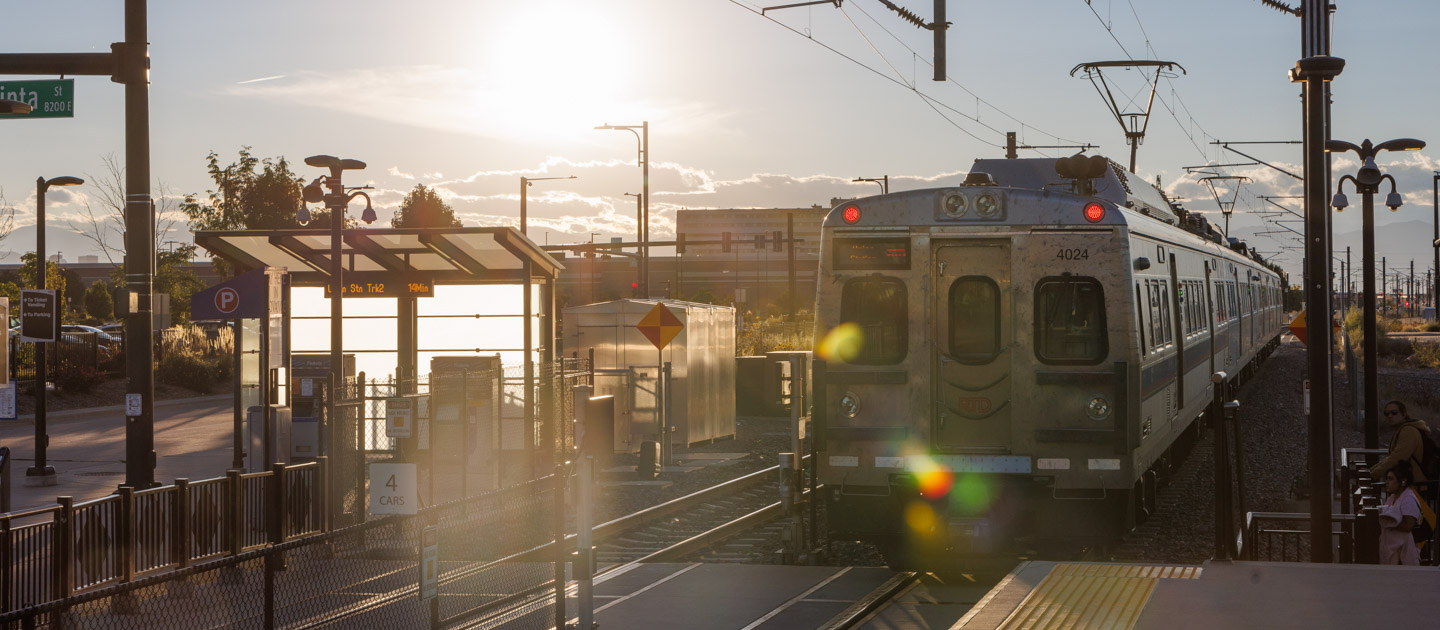
Accessible Commuter Rail Vehicles
Commuter rail vehicles are wheelchair accessible with level boardings at every door and designated mobility device/wheelchair seating areas on every vehicle. Securement is not required or assisted. The designated mobility device/wheelchair area is adjacent to every door on every rail car.
Policy for Commuter Rail Mobility Device Area and Priority Seating
Individuals who use mobility aids, including wheelchairs, have equal access to the designated mobility device/wheelchair areas on commuter rail trains.
FAQs
Will the commuter rail train operator clear an accessible seat for me?
No, the operator stays in the cab and will not assist with boarding/exiting the vehicle. The on-board Transit Safety Officer (TSO) may be available for assistance but is not required to assist riders using mobility devices.
What if the designated mobility area if full?
The designated mobility device/wheelchair area is adjacent to every door on every rail car. If the designated area is full, please travel to a another door area by exiting the rail car and entering another rail car.
What if a passenger refuses to move from the mobility device area?
The onboard Transit Safety Officer (TSO) may be able to assist with rearranging passengers into appropriate areas on the rail car vehicle, but is not required to do so.
What rules do people with strollers and large items need to follow?
Passengers may board with large items and strollers on any vehicle. Large items should not block access to the mobility device/wheelchair area or priority seating, prohibit movement of passengers, or block doors. If a passenger's large item and/or stroller is blocking the designated mobility device/wheelchair area, the onboard Transit Safety Operator (TSO) may assist in rearranging passengers and items, but is not required to do so.
What is the responsibility of the operator when dealing with strollers, large items, and mobility devices?
The train operator will remain in the cab and will not assist passengers boarding with strollers, large items, and/or mobility devices. The onboard Transit Safety Officer (TSO) may be available for assistance but is not required to assist riders using mobility devices or with passengers boarding with strollers and/or large items.
What does RTD consider to be a mobility device?
A “mobility aid” means a device, such as a wheelchair, scooter, or walker, designed for and used by an individual with a disability for the purpose of mobility, not for convenience only.